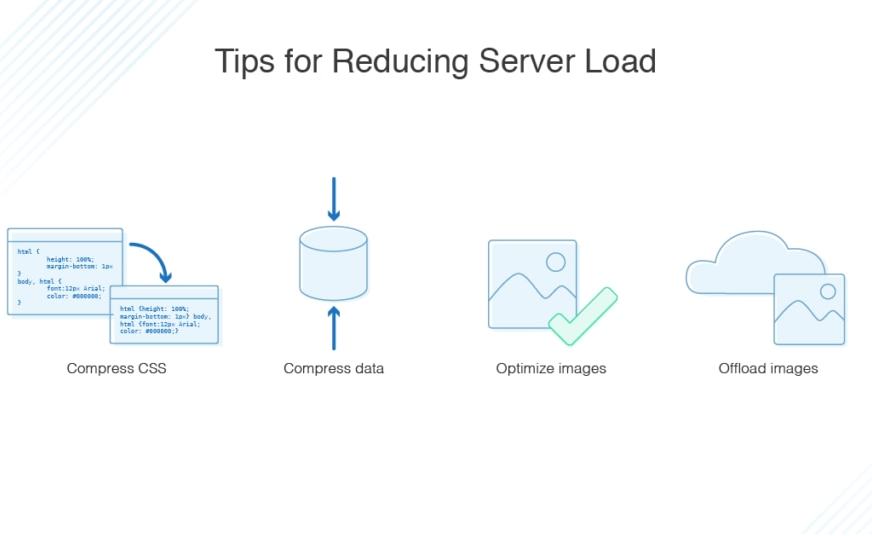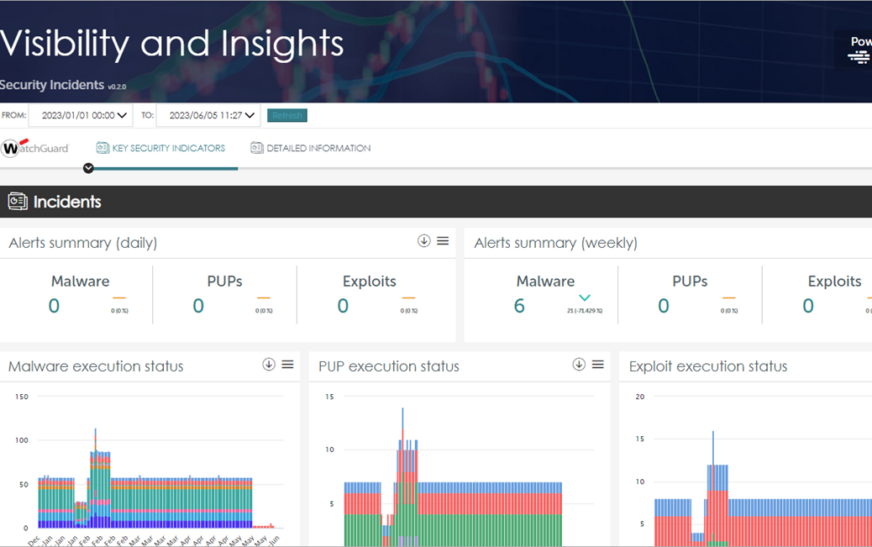The Importance of Server Load Testing – Embark on a journey through the significance of server load testing, where every click and interaction shapes the digital landscape for websites and applications, offering a seamless user experience.
Server load testing is not just a technicality; it’s a crucial aspect that determines the success and efficiency of online platforms.
Introduction to Server Load Testing
Server load testing is a process of putting demand on a software system or computing device and measuring its response. This testing helps determine how a system behaves under normal and peak load conditions, ensuring it can handle the required traffic without crashing or slowing down.
Server load testing is crucial for websites or applications to ensure optimal performance and user experience. It helps identify bottlenecks, weaknesses, and limitations in the system, allowing developers to make necessary improvements before deploying the application to the public.
Monitoring and logging server activities is crucial for maintaining the security and performance of your system. By regularly checking and analyzing server logs, you can identify and address any potential issues before they escalate. Learn more about The Importance of Server Monitoring and Logging to ensure the smooth operation of your server.
Scenarios where Server Load Testing is Necessary
- Launching a New Website or Application: When launching a new website or application, it is essential to conduct server load testing to ensure it can handle the expected traffic without issues.
- Major Updates or Changes: After making major updates or changes to a website or application, server load testing should be performed to assess the impact on performance.
- Seasonal Peaks: For websites or applications that experience seasonal peaks in traffic, such as during holidays or special events, server load testing is necessary to prepare for increased user activity.
Benefits of Server Load Testing

Server load testing plays a crucial role in optimizing the performance of servers and ensuring a seamless user experience. By simulating various levels of traffic, load testing helps in identifying potential bottlenecks and weaknesses in the system.
Identifying Performance Bottlenecks
Server load testing allows businesses to pinpoint performance bottlenecks in their systems before they impact users. By analyzing the behavior of the server under different loads, organizations can address and rectify issues that may cause delays or failures.
Impact on User Experience
Effective server load testing directly impacts user experience by ensuring that the system can handle the expected traffic without slowdowns or crashes. By detecting and resolving performance issues proactively, businesses can provide a smooth and reliable experience for their users.
Collaboration is key to success in any project, and utilizing digital tools can greatly improve teamwork efficiency. From project management platforms to communication tools, there are various options available to streamline collaboration processes. Explore the Top Digital Tools for Online Collaboration to boost productivity and foster a collaborative work environment.
Preventing Downtime, The Importance of Server Load Testing
One of the key benefits of server load testing is its ability to prevent downtime by anticipating and addressing potential failures. By running load tests regularly, organizations can identify weak points in their infrastructure and implement necessary improvements to avoid service disruptions.
Securing server communications with SSL/TLS protocols is essential in protecting sensitive data from cyber threats. By encrypting data transmissions, you can prevent unauthorized access and ensure data integrity. Discover effective strategies on How to Secure Server Communications with SSL/TLS to enhance the security of your server.
Types of Server Load Testing: The Importance Of Server Load Testing
Server load testing comes in different forms, each serving a specific purpose in evaluating the performance of a server under various conditions.
Stress Testing
Stress testing involves pushing the server to its limits by increasing the load beyond its capacity to determine how it behaves under extreme conditions. This helps identify the breaking point of the server and understand its performance under stress.
Spike Testing
Spike testing involves sudden and significant increases in user traffic to simulate spikes in demand. This helps assess how the server handles sudden surges in traffic and whether it can maintain stability during peak loads.
Endurance Testing
Endurance testing involves sustaining a consistent load on the server over an extended period to assess its performance and stability under sustained usage. This type of testing helps identify any issues related to long-term operation.
Automated vs. Manual Server Load Testing
Automated server load testing involves using specialized tools and scripts to simulate user behavior and generate load on the server automatically. This method is efficient, repeatable, and can provide detailed analytics on server performance.
On the other hand, manual server load testing relies on human testers to simulate user actions and analyze server responses. While manual testing can offer more flexibility in test scenarios, it is time-consuming, labor-intensive, and prone to human error.
Tools for Server Load Testing
There are various tools available for conducting server load testing, each with its own set of features and capabilities. Some popular examples of tools used for server load testing include:
- JMeter: an open-source tool for load testing that can simulate various user scenarios and generate performance reports.
- LoadRunner: a comprehensive load testing tool that supports a wide range of applications and protocols.
- Apache Bench: a simple command-line tool for testing the performance of web servers by sending multiple requests simultaneously.
Best Practices for Server Load Testing
When it comes to server load testing, following best practices is crucial to ensure accurate results and optimal performance. Let’s explore the steps involved in preparing for server load testing, setting realistic load testing goals, and monitoring server metrics during the process.
Preparing for Server Load Testing
Before conducting server load testing, it is essential to:
- Identify the critical user scenarios that need to be tested.
- Create realistic test scenarios that mimic actual user behavior.
- Ensure that the testing environment mirrors the production environment as closely as possible.
- Coordinate with all stakeholders to establish clear objectives and expectations for the testing process.
Setting Realistic Load Testing Goals
When setting load testing goals, it is important to:
- Define specific performance metrics to be measured during testing, such as response time, throughput, and error rates.
- Establish baseline performance metrics to compare results against.
- Gradually increase the load on the server to determine its breaking point and scalability.
- Consider factors like peak usage times and expected user growth when setting load levels.
Importance of Monitoring Server Metrics
Monitoring server metrics during load testing is crucial because:
- It helps identify performance bottlenecks and areas for optimization.
- Allows for real-time adjustments to the test parameters based on server behavior.
- Ensures that the server can handle the expected load without compromising performance.
- Provides valuable insights into the server’s capacity and scalability under different load conditions.
Common Challenges in Server Load Testing
Server load testing is crucial for ensuring the optimal performance of your applications under various conditions. However, there are common challenges that testers may encounter during the process.
Identifying Common Pitfalls
- Failure to simulate real-world conditions accurately can lead to inaccurate results and poor performance predictions.
- Using unrealistic or outdated test scenarios may not reflect the actual load your server will face in production.
- Ignoring the impact of external factors such as network latency, user behavior, and third-party integrations can skew test results.
Simulating Real-World Conditions
- Utilize realistic user scenarios that mimic actual user behavior to accurately simulate load on the server.
- Include variations in traffic patterns, data volumes, and concurrent users to create a comprehensive test environment.
- Integrate third-party tools to replicate external dependencies and network conditions for a more accurate load testing scenario.
Analyzing and Interpreting Results
- Establish clear performance metrics and benchmarks to compare test results against expected outcomes.
- Use monitoring and analytics tools to track server performance during load testing and identify bottlenecks or potential issues.
- Collaborate with developers and IT teams to interpret test results effectively and implement necessary optimizations based on findings.
As we conclude this exploration of server load testing, remember that optimizing performance through meticulous testing is the key to unlocking a world of digital possibilities and seamless user experiences.






